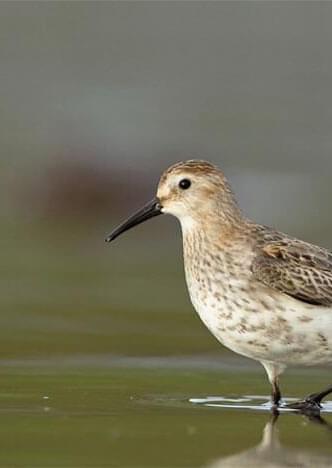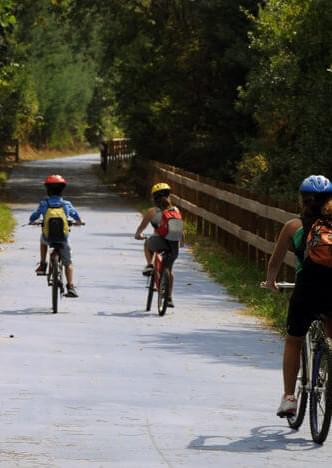Set upon the former railway line of Vouga – the very winding Vale das Voltas railway line that was deactivated in 1980 - the Vouga Valley cycling path stretches along 70 kms, connecting Sernada do Vouga, a small town in Águeda to Santa Comba Dão, across Águeda, Albergaria-a-Velha, Sever do Vouga, Oliveira de Frades, Vouzela, S. Pedro do Sul, Viseu and Tondela.
The enchanted valley of Vouga River sets the tone of the landscape of this cycling path. Vouga River is born in a thin water line at 930 m-high Serra da Lapa, in Viseu, running across 148 kms until it flows in the Aveiro Lagoon. This is a refuge of biodiversity with deeply diversified landscapes.
Vouga is an altitude river until São Pedro do Sul, crossing a deep valley and becoming a mountain river until Pessegueiro do Vouga. Its last 50 kms between large and low river banks as plateau river until its river mouth in Ria de Aveiro.
The monumental 28,5 m Poço de Santiago Bridge in Sever do Vouga, one of the highest stone masonry bridges in Portugal, eleven perfect round arches and a 165-metre deck, is one of the most stunning places on the whole cycling path.
Let’s go for a train ride
The connection between Aveiro and Ser nada do Vouga can also be made by train through the Vouga line, a railway line inaugurated in 1908, which transported many people who witnessed the fall of the monarchy and the establishment of the Republic, which survived two world wars, and witnessed the rise and fall of fascism in Portugal. From June to October, the Historical Vouga Train circulates between Aveiro and Macinhata do Vouga, a journey on the only narrow-gauge line in operation in Portugal.




